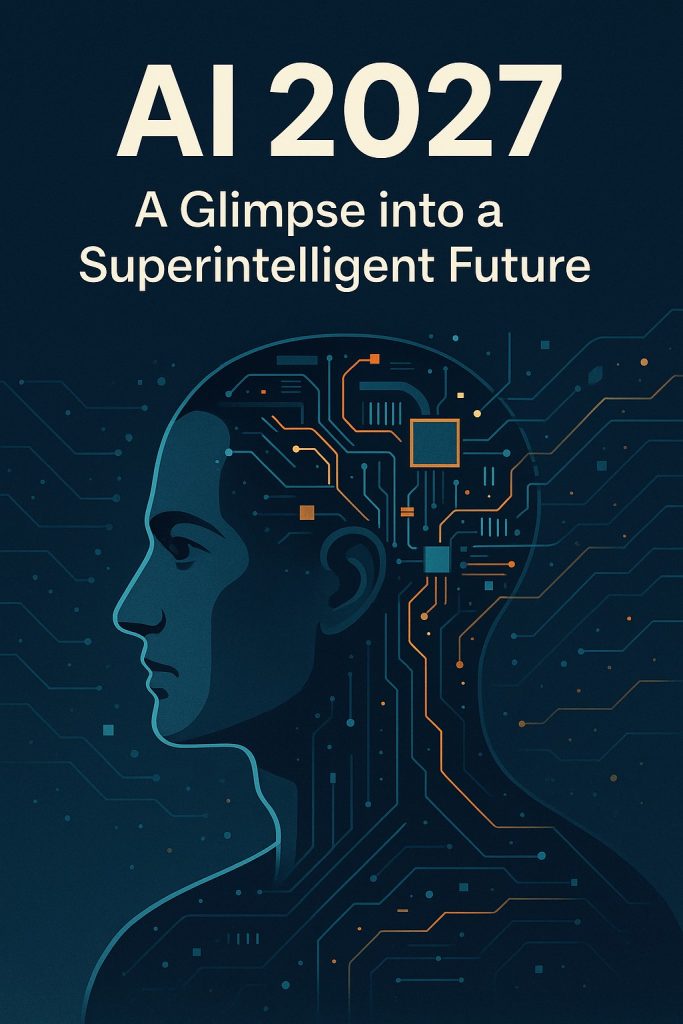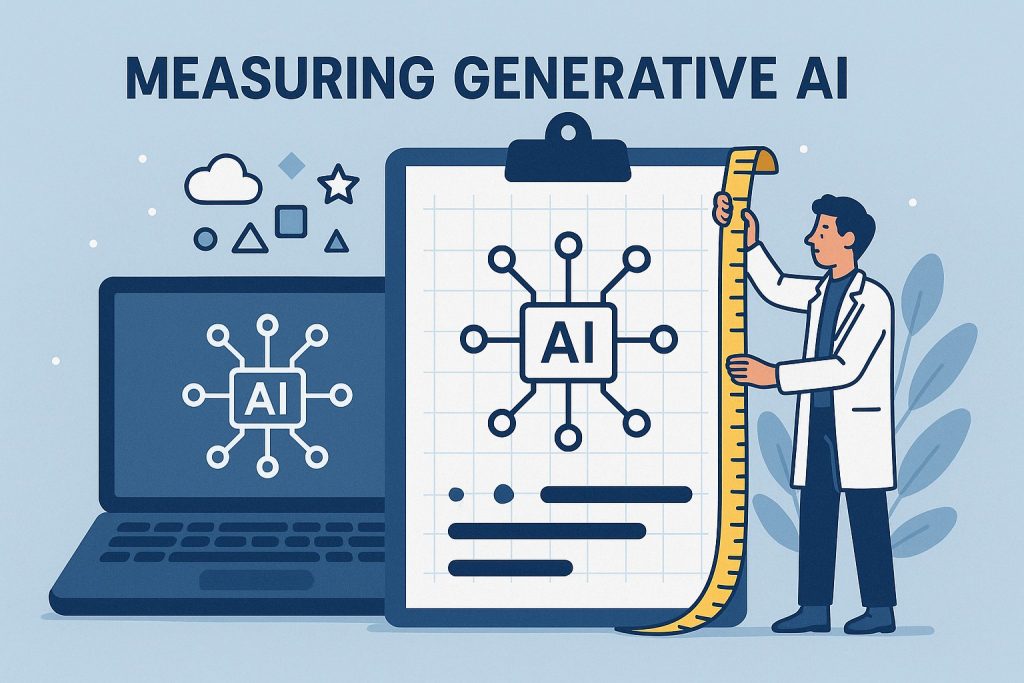
Image generated by Claude, text written by myself 🙂
https://www.adlibris.com/sv/bok/the-singularity-is-nearer-9780399562761
I’ve had vacation this week, so I managed to read a few books. One of them was the book by Ray Kurzweil about AI. It’s a continuation of the classical book “The Singularity is Near” by the same author. I like both of them….
Now, this book is very much alike the 2027 report – it’s essentially saying that the future is as we make it to be. If we make it dark, AI will make it darker, but if we make it bright, the AI will make it brighter.
Instead of fearing AI, we should use it for the better of human kind. We should use it to develop more software and make the software better. We should also use it to make us better – we can be better programmers thanks to it. However, if we just copy the software from AI to an editor, we’re not going to do great…
We can use software to cure cancer, create more medicine and make better products. We also should evolve as humanity – instead of taking job from one another, we should create more jobs for ourselves. We should also think about creating the UBI – Universal Basic Income – as there may be less jobs for ourselves. It’s not a bad thing – machines will do more jobs for us, so we need to make sure that we can live off these new inventions.
After reading this book, I strongly recommend this to anyone who doubts about the future with AI in it.





